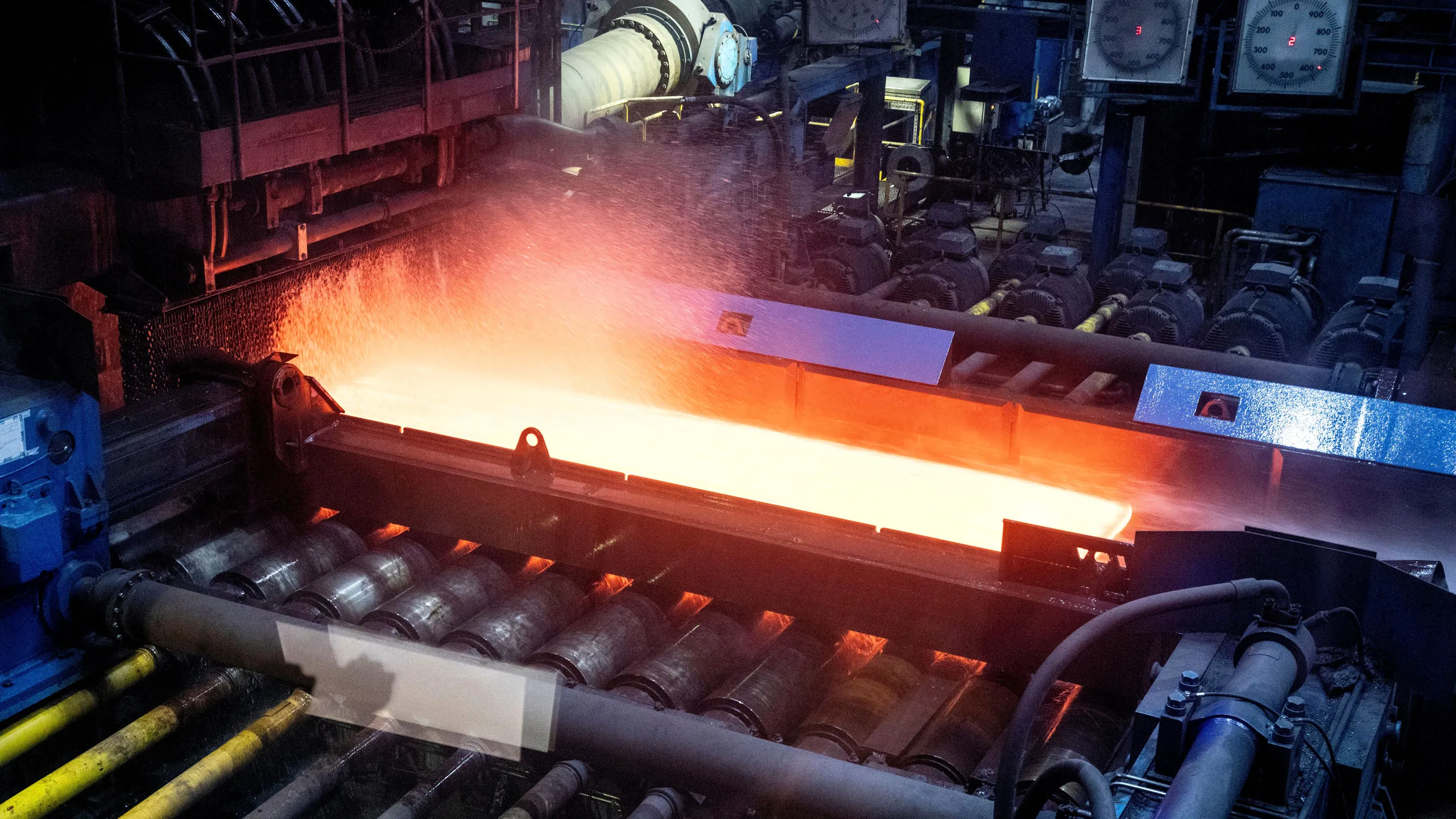Steel production is a cornerstone of modern industry, and is integral to the construction, automotive, and manufacturing sectors. However, this essential material comes with a significant environmental cost: a substantial carbon footprint. This article explores the carbon footprint of steel production, its sources, impacts, and potential solutions for reducing emissions in the industry.
What is the Carbon Footprint of Steel Production?
A carbon footprint occurs when you measure the total greenhouse gas emissions that have been caused directly or indirectly by an activity, person, company, or industry. In the case of the carbon footprint of steel production, it’s primarily due to the emissions of carbon dioxide (CO2) during various stages of the production process.
Key Sources of Emissions in Steel Production
1. Iron Ore Reduction
The largest share of CO2 emissions in steel production comes from the reduction of iron ore to iron. This process typically involves:
- Blast Furnaces: In traditional steelmaking, iron ore is reduced in a blast furnace using coke (a form of carbon derived from coal) as a reducing agent and energy source. The chemical reaction between coke and iron ore releases significant amounts of CO2.
2. Energy Consumption
Steel production is energy-intensive, requiring substantial amounts of electricity and heat:
- Electric Arc Furnaces (EAFs): While more energy-efficient and emitting less CO2 than blast furnaces, EAFs still contribute to the carbon footprint, especially if the electricity used comes from fossil fuels.
3. Transportation and Logistics
Transporting raw materials (iron ore, coal, limestone) and finished products also adds to the carbon footprint, contributing to the overall emissions profile of the industry.
Environmental Impact
The environmental impact of the steel industry’s carbon footprint is profound:
- Climate Change: Steel production is responsible for approximately 7–9% of global CO2 emissions, significantly contributing to global warming and climate change.
- Air Pollution: In addition to CO2, steel production releases other pollutants, including sulfur dioxide (SO2) and nitrogen oxides (NOx). These can cause acid rain and respiratory problems.
- Resource Reduction: The extraction and processing of raw materials for steel production consume large amounts of natural resources and energy, leading to environmental degradation and habitat destruction.
Strategies for Reducing the Carbon Footprint
Reducing the carbon footprint of steel production is crucial for mitigating its environmental impact. Key strategies include:
1. Adopting New Technologies
- Hydrogen-Based Reduction: Using hydrogen instead of coke to reduce iron ore can significantly reduce CO2 emissions. Hydrogen reacts with iron ore to produce water vapor instead of CO2.
- Carbon Capture and Storage (CCS): Properly implementing CCS technologies can capture CO2 emissions from steel plants and store them underground, preventing them from entering the atmosphere.
2. Increasing Energy Efficiency
- Energy Optimization: Implementing energy-efficient practices and technologies, such as waste heat recovery and improved insulation, can reduce energy consumption and associated emissions.
- Renewable Energy: Transitioning to renewable energy sources (solar, wind, hydro) for electricity can substantially reduce the carbon footprint of steel production, especially for EAFs.
3. Enhancing Recycling and Circular Economy
- Scrap Steel Recycling: Recycling scrap steel in EAFs uses notably less energy and produces fewer emissions compared to producing steel from raw materials. Promoting and optimizing steel recycling can reduce the demand for virgin iron ore and coal.
- Circular Economy Principles: Designing products for durability, reusability, and recyclability can minimize waste and resource consumption, contributing to a lower overall carbon footprint.
4. Implementing Industry-Wide Standards and Regulations
- Regulatory Measures: Governments can enforce stricter emissions regulations and provide incentives for adopting cleaner technologies and practices.
- Industry Collaboration: Industry stakeholders can collaborate to set sustainability standards, share best practices, and drive collective action toward reducing emissions.
To Conclude
The carbon footprint of steel production presents a significant challenge for the industry and the global effort to combat climate change. By adopting innovative technologies, improving energy efficiency, enhancing recycling practices, and implementing robust standards and regulations, the steel industry can successfully reduce its environmental impact.
Moving toward a greener future for steel production isn’t just crucial for sustainability but also for the continued viability and competitiveness of the industry in a world increasingly focused on environmental responsibility.



